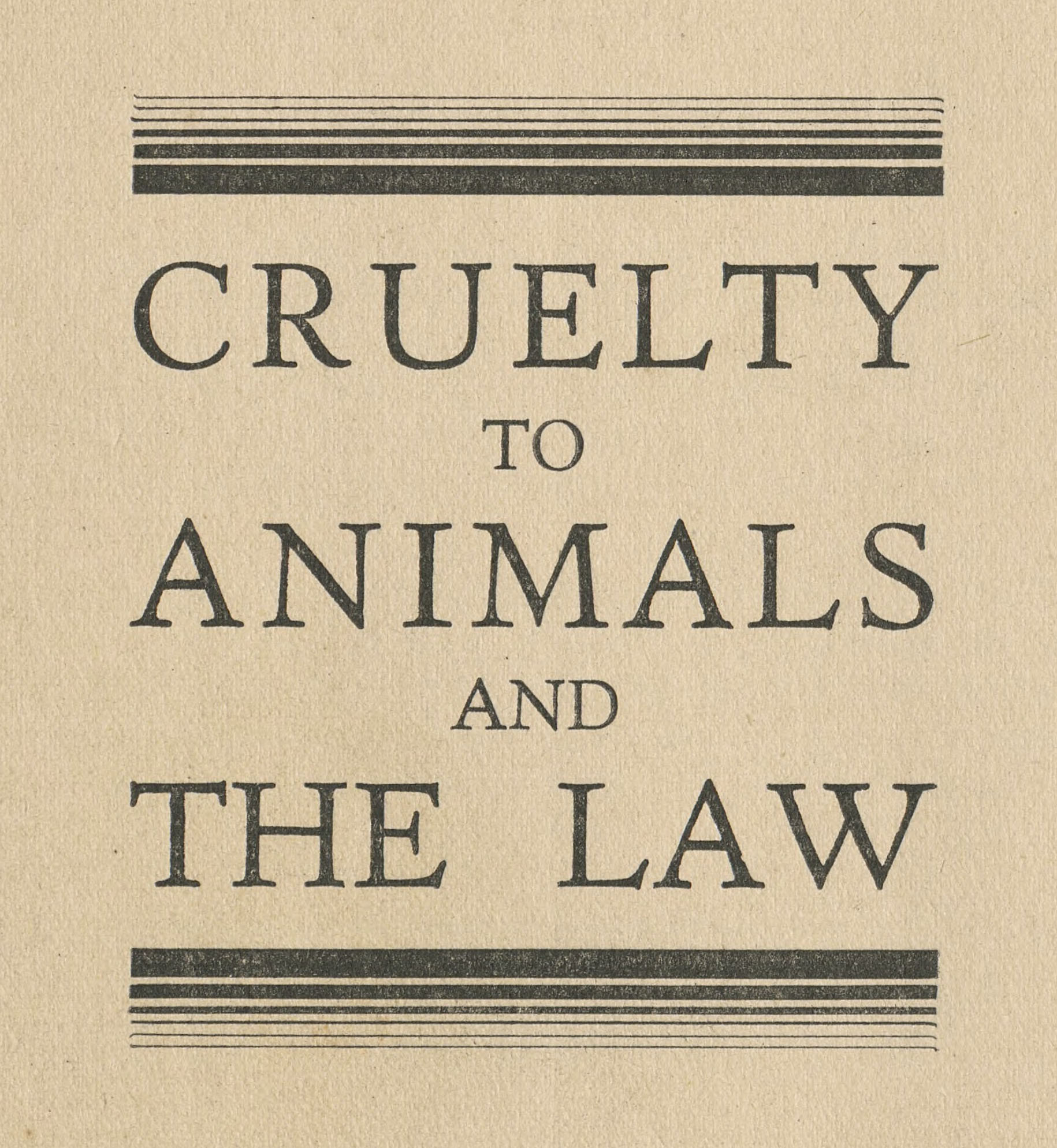Animal cruelty encompasses a wide range of actions that inflict pain, suffering, or distress upon animals, either knowingly or through negligence. The legal landscape surrounding animal cruelty is complex, reflecting societal attitudes towards animals, ethical objections, and the economic implications of such actions. Understanding how animal cruelty intersects with law and demand is crucial not only for policymakers but also for advocates aimed at improving the welfare of animals. This exploration will unfold through the analysis of legal frameworks, societal demand for animal products, and the implications of public policy.
The legal frameworks governing animal cruelty differ dramatically across jurisdictions. In some locales, laws are stringent, providing robust protections for animals, while other regions exhibit a notable laxity. This disparity often stems from cultural attitudes towards animals, which can manifest in legislation that prioritizes either the welfare of animals or human interests. For instance, in countries with strong animal rights movements, such as Germany and Switzerland, the laws tend to reflect a higher standard of care and regard for animals. In contrast, regions where animal-centric industries dominate may witness leniency in legal structures surrounding animal welfare, focusing instead on economic benefits.
Moreover, the various classifications of animal cruelty are integral to understanding legal definitions. Animal cruelty is typically categorized into three distinct forms: active cruelty (direct harm), passive cruelty (neglect), and commercial cruelty (conduct for economic gain). Active cruelty may involve violent acts, such as beating or torturing an animal, while passive cruelty refers to situations in which an animal’s basic needs—such as food, water, and shelter—are neglected. Commercial cruelty often involves practices in industries such as factory farming, where animals are subjected to inhumane conditions for profit. Legal perspectives vary widely between these categories, complicating the process of enforcement and accountability.
The demand for animal products imposes another layer of complexity in the dialogue surrounding animal cruelty. The consumption of meat, dairy, and other animal-derived products creates an economic incentive that can sometimes overshadow legal measures designed to protect animals. High demand leads to high production, which can lead to the intensification of practices that are often at odds with ethical treatment. For example, factory farming practices are driven by a need to meet consumer demand for low-cost animal products. This cycle of demand, production, and cruelty forms an intricate web that policymakers must navigate in efforts to ameliorate conditions for animals.
In recent years, a marked shift in consumer preferences has emerged, with an increasing number of individuals seeking ethically sourced animal products or opting for plant-based alternatives. This shift represents a critical opportunity for legislative change. As consumers demand better treatment of animals, lawmakers can respond with more stringent regulations and comprehensive reforms. When individuals make choices that favor animal welfare, they are, in fact, signaling their preferences to both markets and policymakers. This creates a ripple effect that can lead to more humane practices and enforcement of existing laws.
The role of advocacy groups cannot be overlooked in this complex interplay. Organizations that promote animal welfare have utilized public sentiment to influence policy changes, rallying against unethical practices through campaigns, educational programs, and lobbying efforts. Their work often highlights the inadequacies of current laws, pushing for reforms that better serve the interests of animal welfare. For instance, campaigns that expose the cruelties inherent in factory farming or puppy mills often lead to public outcry, which can encourage lawmakers to prioritize animal welfare in legislative agendas.
Furthermore, public awareness, fueled by social media and exposure to documentaries, has created a more informed citizenry that advocates for legal reform. The power of digital platforms cannot be understated, as these media serve as powerful tools for raising awareness and mobilizing action. Social campaigns highlighting unethical treatment can quickly garner attention and lead to significant changes in public policy regarding animal cruelty. As the public becomes more aware and active, the demand for better legislation grows, entering a virtuous cycle of awareness, advocacy, and action.
As we explore the nexus of law, demand, and animal cruelty, the importance of effective policy implementation comes to the forefront. Numerous studies have shown that stronger legal protections correspond with better outcomes for animals, pointing to the necessity of both enforcing existing laws and enacting new ones. Innovative approaches such as creating animal welfare commissions or establishing animal cruelty hotlines can empower individuals to report incidents of abuse, thereby enhancing accountability within communities. Strong legislative measures coupled with active enforcement can serve as a bulwark against cruelty, safeguarding the welfare of animals.
In conclusion, the relationship between animal cruelty, law, and demand is a multifaceted issue that requires attention from all sectors of society. Legal protections must evolve alongside changing societal values concerning animal welfare. The current trajectory suggests that as more individuals become informed and engaged, their voices will demand legislative changes that reflect a commitment to humane treatment. By embracing a holistic understanding of the issue, stakeholders can work collaboratively towards a future where animal rights are valued, and cruelty is actively opposed in all its forms. This interconnected approach will be paramount in fostering a society where animals are treated with dignity and respect, ensuring their well-being for generations to come.








